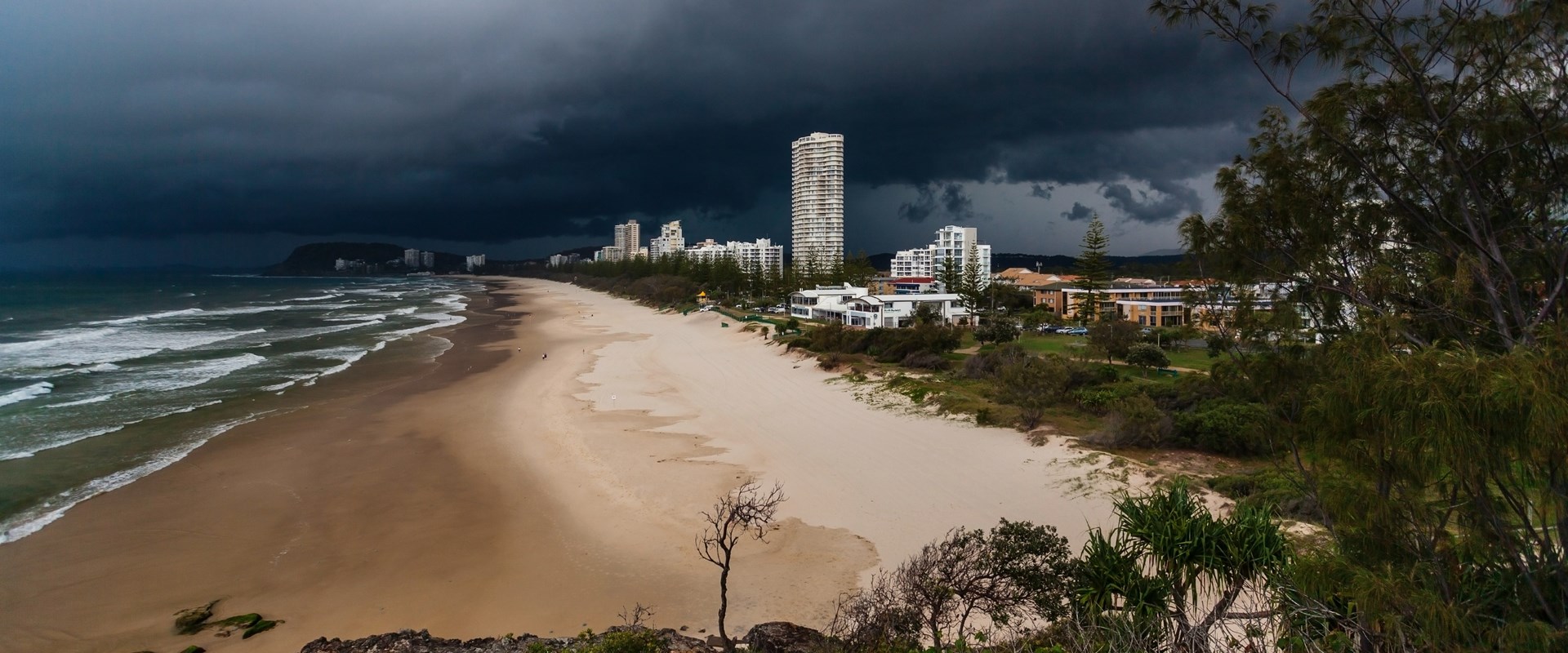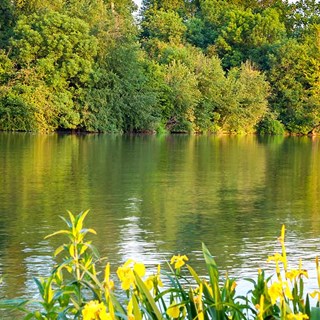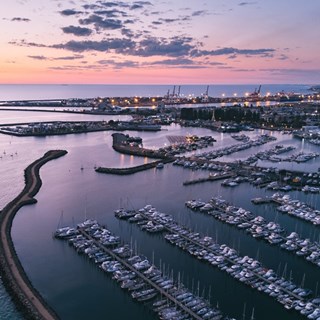
More than just seawalls – a trigger-based approach to coastal defences
Keeping coastal environments safe from erosion is a challenging task that can require more refined approaches than simple seawalls.
20 September 2022
Sea levels around the country are rising at a rate of about 35mm per decade and, with more than 85 per cent of Australians living within 50km of the coast, this presents a threat to both the natural and built environments.
The urgency is causing many local governments to reconsider how they manage and develop their beaches, and an innovation by coastal engineer Matthew Barnes is delivering a new approach.
A principal coastal engineer at BMT based in Brisbane, Barnes has pioneered a trigger-based approach to development approvals for structures such as seawalls, which can protect assets in urban areas from changes in shoreline position.
“Unfortunately, we don't have a crystal ball to determine the optimal time for when plans for things like seawalls need to be implemented." said Barnes.
Rather than constructing a seawall while the risk to assets is low, Barnes’s framework defines the preferred seawall footprint, sets triggers for when detailed design should be completed, and includes further triggers for when construction works can commence.
The framework is also supported by soft engineering works, including dune management and beach nourishment, before the seawall triggers are reached.
“The development approvals framework tends to be quite static and you generally get the approval and have to build within two years,” says Barnes, who was recognised in the Engineers Australia, 2018 Most Innovative Engineers list for his trigger-based approach.
“By having a framework that the regulators are aware of and that can be supported through the monitoring of a coastal zone to understand how erosion is changing after storm events or sea-level rise, we can determine when an erosion trigger is met and when to move to the next stage of environmental management. This may eventually include hard engineering options like seawalls as a last defence.”
Barnes grew up near Torquay at the eastern end of Victoria’s Great Ocean Road and describes himself as “a coastal and marine science nerd”.
“I knew as a kid that my career would have something to do with the beach,” he says.
“For better or worse, there's lots of work for coastal engineers in Queensland.” he said.
Barnes moved north to Queensland in 2005 to complete his PhD in civil engineering at the University of Queensland and has lived in Brisbane ever since.
“For better or worse, there’s lots of work for coastal engineers in Queensland,” he says. “I think some of that has to do with decisions that were made several decades ago around where to develop, and we’re dealing with some of those decisions and the challenges they present now.”
Barnes says the increased focus on climate change is generating more interest in his trigger-based approach, which has been adopted by local councils such as the City of Gold Coast and Moreton Bay Regional Council.
“They are investing in understanding when triggers for seawall upgrades, for example, might be reached and how that varies throughout their local government area, because every beach is unique and responds differently to what Mother Nature throws at it,” he says.
“Our customers want to invest in making the best decisions possible.”
Barnes describes his role as a blend of engineering and planning.
“One of my colleagues has coined the term ‘plan-gineer’, because she feels like we’re often doing a bit of both,” he says.
“Planners and engineers working hand-in-hand through that whole process is how these projects run smoothly. But the engineering behind this trigger-based approach is very much in the understanding and the modelling of coastal processes — the waves, currents, tides and all of those things will feed into the design of the coastal infrastructure.
This past July, Barnes’s focus shifted from engineering to full-time caregiving when he started six months of parental leave.

14 February 2022
BMT is pleased to announce the appointment of Colleen Martin who will lead the Environment team in the UK

9 February 2022
The Marina Industries Association (MIA) is proud to announce the launch of a new and important Environmental Partnership with BMT, a leading international design, engineering, science and risk management consultancy.